At current count there are well over 6,000 wineries in the US and those numbers only continue to go up. Keep in mind that number is just the count of wineries, not the actual count of all of the wines that they each make. And they generall will each make several different wines. This means for the lucky consumers that they have no shortage of choices when it comes to wines. This explains why you may have seen someone standing in the wine aisle and staring at the long row of bottles before them with a glazed expression on their face. How do they make a choice with so many options? Wineries themselves have a range of choices when it comes to designing the labels for those bottles. This includes the option of multiples displayed on the front label of their wines. Multiples in three different areas; varietals, appellations or vineyard sites.
Before going into the details for use of multiples on a wine label for any of these three items I’ll point out that none of these are actually required to appear on any wine label. If any of them are used (And they VERY frequently are) then minimum percentages and other listing requirements come into play.
For the first wine label item mentioned, varietals the TTB (Alcohol & Tobacco Tax & Trade Bureau) allows for the use of multiple varietals on your front label but the percentage each represents in the blend must be listed next to it and the list of all varietals with their corresponding percentages must be listed in descending order and add up to 100%. For example a red wine blend label may state: Zinfandel 70%, Petite Sirah 20%, Syrah 10%. The TTB regulations do also only allow for a total of three varietals to be listed also. (You probably wouldn’t want more than that anyway as listing more than that would take up a chunk of your label space!)
For the other two wine label items, appellation and vineyard sites the same general rules apply as far as maximum of three listed, and percentages required summing up to 100%. There is one main clarification in regards to appellation if the type of appellation being used on your label is an american viticultural areas, or AVAs. In the case that a winery desires to use multiple AVA names on the front label for a wine then the qualifications are that the AVAs listed must actually overlap. There are very few examples of AVAs that do overlap in such a way that a wine label could qualify to list multiple AVAs so this type of multiples on wine labels is a rarely seen one.
